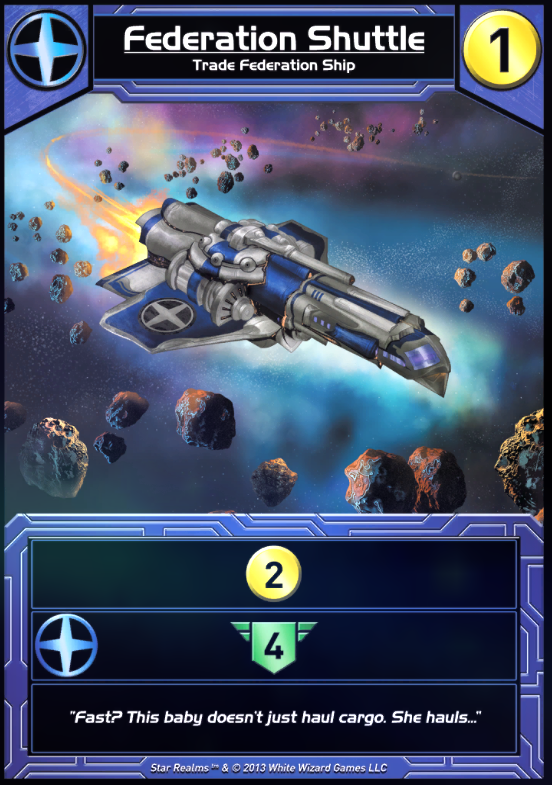Don’t underestimate the power of destroying your own cards! Overcome this hurdle to get better at deckbuilding games.
It has many names - Exhaust, Trash, Banish, Exile, Scrap, Purge…
Card removal is a cornerstone of many deckbuilding games, and for good reason. It is an understated mechanic in which you permanently remove a card from your deck.
To properly appreciate why card removal is such a neat solution, we first have to understand the inherent obstacles in deckbuilders. These obstacles are not bugs in design, but a part of the puzzle. Let’s see the puzzles we’re up against:
High-power cards are difficult to get, because they’re either expensive or rare.
You fill your hand to 5 cards every turn, but your deck starts with more cards than that. That means you’ll only see a portion of your cards every turn.
You discard unplayed cards every turn, meaning you can’t hold onto something and wait to draw the perfect synergy.
Your starting deck of cards is typically absolute garbage. Even if your deck has lots of good cards, you’ll have to draw through these bad cards first.
Since you draw a limited number of cards per turn, any bad cards will “eat up” your pre-portioned card draw - limiting the number of turns you’ll spend drawing the good cards.
Most deckbuilders give the players power to break any number of the above constraints. Card removal represents one such power - let’s take a quick perspective on why this is great:
Let’s say your deck has 15 cards. 10 are bad and 5 are good.
If you draw 5 cards per turn, 66% of your hand is bad.
If you eliminate all 10 bad cards, you’ll draw your 5 good cards every turn. 100% good stuff!
In this way, any effect that says “remove a card” is kind of saying “Whenever you would draw a bad card, draw a better one instead.”
Even in the far less extreme, removing just one card from your deck every few turns still makes for some impressive acceleration. These effects compound over time, letting you draw and re-draw your most powerful cards more often the longer you play.
The advantage of eliminating your own cards is that any faction or effect has inherent synergy with anything else you’re doing - by removing unwanted cards, it means you’ll be more saturated with the other factions you may draw. So if you’re the type of player who likes setting up amazing combos, you may also want to draft a few card removal sources to maximize your odds.
In summary: if you’re scared of exhausting a starting card from your hand, fear not! Even if you like the effect, you can trust that you’ll find a better replacement soon.
Get out there and destroy your deck!
Further Reading…
The Legitimate Rebuttal
Good deckbuilding games are balanced around making deck thinning process a more difficult choice than “always”. In most games, you have to choose between removing cards from your deck vs gaining new cards or effects.
That re-introduces the question of when you want to thin out your deck or not. It’s not that deck thinning itself is weak - rather, its power is balanced out by the opportunity cost of your other potential actions.
Most games balance card removal by making it expensive, slow, or in competition with another cool ability.
When is Deck Thinning Useful?
If you can freely remove cards, then the answer is “if your deck is stronger without that card in the way”. But for most games, the option to remove cards comes with an opportunity cost where you miss out on a strong effect in its place.
This is really dependant on the game. The Machine Cult in Star Realms, for example, lets you scrap cards but in exchange for weaker stats per card.
Meanwhile, the shop in Slay the Spire lets you remove exactly one card per visit, and it costs gold, and that gold price permanently increases each time you do it.
To fully calculate the value of card removal, the best thing you can ask is where your resources (including action economy) could be going instead.
To close out this post, this is a list of variables you can keep in mind.
Variables to Consider
Is this a one-time remove effect, or something I can benefit from for the rest of the game?
If it’s a one-time effect: Is the additional consistency better than spending resources on some alternative? Do I need to acquire a specific card/effect to solve a specific problem?
If it’s something that can continually exhaust: do I expect the game to last a while, or is it so close to finishing that I won’t actually feel the benefit of doing this?
Do I have any cards that are stronger than my baseline cards?
Do I have any cards that get stronger the more often I draw/play them?
Do I have specific combinations of cards that I’d like to draw together?
Do my opponents fill my deck with junk? (If so, a thin deck can actually be a problem.)
Do I need to optimize the chance that I’ll draw a specific type of card consistently?
Will I eventually have a use for these baseline cards?
Given my average hand draw and deck size: do I technically get more average (e.g. Money) per turn by eliminating a low-money card, or by adding a high-money card?
Good luck out there!






